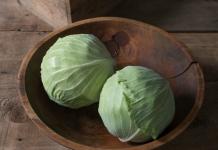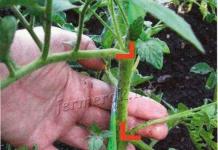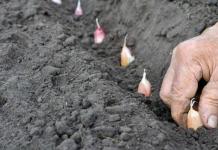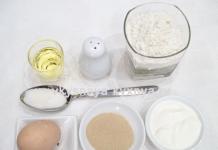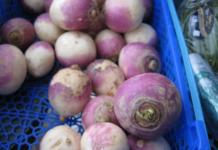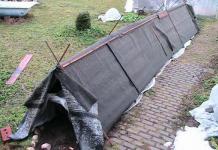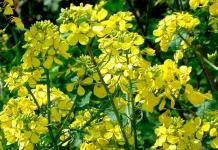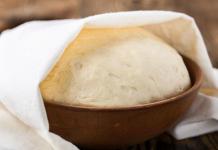Tomatoes can be fed not only with ready-made fertilizers based on chemical compounds. Natural dressings have also proven to be excellent, thanks to which the plants give a good harvest.
Fertilization contributes to the correct growth and development of tomato bushes, abundant flowering, high-quality fruit setting, their rapid ripening and an increase in the amount of yield.
The first time tomatoes are fed 14-16 days after transplanting. This applies to plants grown both in the open field and in the greenhouse. After that, fertilization is carried out until mid-July with an interval of 2 weeks.
How to feed tomatoes with iodine
Iodine not only accelerates the ripening of fruits, but also prevents the development of a dangerous disease - late blight. 4 drops of an alcoholic solution of iodine, which is sold in any pharmacy, are dissolved in 10 liters of water. The resulting liquid is poured over tomatoes at the rate of 2 liters for each plant.
How to feed tomatoes with ash
The ash solution is used as follows: 1 glass of ash is dissolved in 10 liters of water and the beds with tomatoes are watered with the resulting liquid. Undissolved ash is simply poured under the plants.
Ash can also be used for foliar dressing. For this, 300 g of ash is dissolved in 3 liters of water and boiled for 30 minutes. After that, they insist for 5 hours, bring the volume of liquid to 10 liters and add a little laundry soap there so that the liquid dressing sticks better on the leaves. Then the solution is filtered and sprayed with tomato tops.
How to feed tomatoes with yeast
Baker's yeast fertilizer can be prepared two ways:
- One packet of dry instant yeast is mixed with 2 tbsp. sugar and add a little warm water to make the mixture runny. Then the resulting substance is dissolved in 10 l of water and 0.5 l is used for each plant.
- A three-liter jar is filled 2/3 with black bread, warm water with fresh yeast dissolved in it (100 g) is poured to the top and placed in a warm place for 3-5 days. Then the infusion is filtered and diluted with water in a ratio of 1:10. For a young tomato bush, use 0.5 liters of solution, and for an adult - about 2 liters.
And there is also the simplest recipe for fertilizing from yeast: 100 g of fresh yeast is thoroughly dissolved in 10 liters of water and the resulting liquid is immediately poured over the tomatoes.
Yeast does not contain the basic elements of plant nutrition, therefore the yeast solution is more a growth stimulant than a fertilizer.
How to feed tomatoes with chicken droppings
Chicken droppings act on plants no worse than a complex mineral fertilizer: it contains a lot of nitrogen and phosphorus.
It is very effective to use fresh chicken manure diluted with water. For this, a bucket (10 l) is 1/3 filled with chicken droppings, water is added to the edges of the container, infused in the open air for 7-10 days, after which 0.5 l of infusion is diluted in 10 l of water and the resulting liquid is spilled from calculation of 5-6 liters per sq.m.
![]()
Dry chicken manure can also be used as fertilizer for tomatoes. To do this, 0.5 kg of manure is poured with 10 liters of water, the container is tightly covered with a film (so that nitrogen does not evaporate) and the fertilizer is insisted for 3-5 days. Moreover, it is stirred every day. Then the infusion is diluted with water in a ratio of 1:20 and poured into 0.5-1 l for each plant.
How to feed tomatoes with mullein
It is better to alternate the mullein solution with other folk remedies. This fertilizer is also prepared quite simply: 1/2 bucket of manure is poured with water to the edges of the container, covered with a lid and placed in a warm place for a week. After this time, the infusion is thoroughly stirred and diluted with water in a ratio of 1:10. For each bush, 0.5-1 liters of top dressing is consumed.
How to feed tomatoes with nettles
The infusion is prepared from young nettle leaves: they accumulate a lot of nitrogen, potassium and iron. The container (its size depends on how much fertilizer is needed for your garden) is 2/3 filled with nettle, then water is poured there, but not to the very top, covered with a lid and insisted for 7-10 days in a warm place.
When the nettle ferments, 1 liter of the infusion is diluted in 10 liters of water and the resulting liquid is poured over the tomatoes at the root at the rate of 1-2 liters per plant.
This fertilizer should not be overused. No more than 2 nettle dressings are carried out per month.
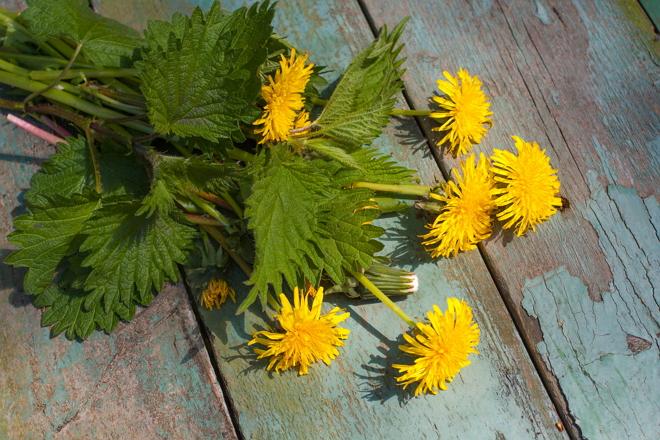
How to feed tomato seedlings that grow poorly
Tomato seedlings are often fed with the same folk remedies, in particular, chicken droppings and ash.
Fertilizer from chicken droppings prepare as follows: mix 2 parts of droppings with 1 part of water, close the container with a lid and insist for 2-3 days. Before making, the infusion is diluted with water in a ratio of 1:10. This fertilizer is used as the first feeding of seedlings so that they begin to rapidly build up green mass.
Wood ash is an excellent source of potassium and phosphorus, which means it helps to stimulate flowering and fruiting in tomatoes. 1 tbsp ash is dissolved in 2 liters of hot water and infused for 24 hours. Filter the infusion before use.

It is also useful to feed tomato seedlings. banana skins(they are rich in potassium). Fertilizer is used as follows: the peel of 2-3 bananas is placed in a three-liter jar with warm water, infused for 3 days, after which it is filtered and the plants are watered with the resulting liquid.
Eggshells have also proven to be a good seedling fertilizer. The crushed shells of 3-4 eggs are soaked in 3 liters of warm water, the container is closed with a loose lid and placed in a dark place for about 3 days. When the infusion becomes cloudy and begins to emit an unpleasant odor (this is a consequence of the decomposition of hydrogen sulfide), they are watered with seedlings.
Take note of these simple recipes for natural dressing - and your tomatoes will bear much more fruit than you bargained for!





